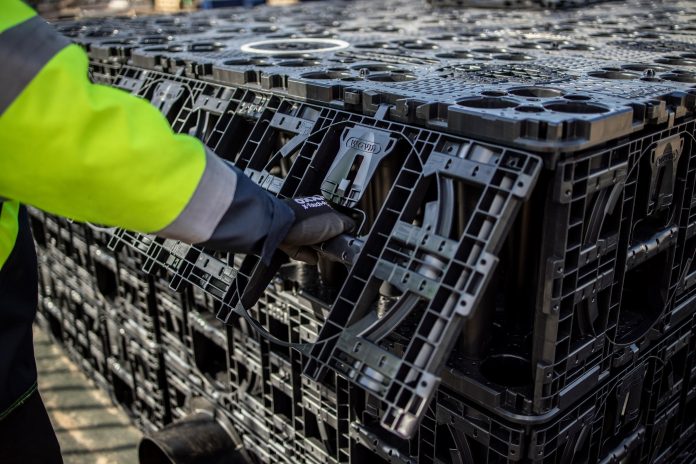Martin Lambley, product manager for urban climate resilience, Northwest Europe, UK and Ireland at Wavin, looks at how innovative sustainable drainage systems (SuDS) can improve urban resilience and help our cities weather the climate storm
Urban environments in the UK are continuing to expand, and their water infrastructure is becoming increasingly incompatible with weather patterns that are growing more extreme. At least eight European countries recorded their hottest January day ever and parts of southern England their warmest New Year’s Eve on record, so it’s clear that winter weather is changing. In the UK, this means milder, wetter winters – and cities and towns are already struggling to cope.
Our towns and cities are expanding quickly, as urbanisation driven by population growth creates larger communities. This rapid expansion has brought with it a range of challenges when it comes to urban planning, both in terms of providing the required amount of drinking water but also managing rainfall. Heavier bursts of torrential rain are becoming more frequent, and when these are combined with the type of hard landscaping associated with urban locations, there is an immense amount of pressure on our ageing drainage and sewer systems.
Across the UK, much of the water infrastructure dates back to the Victorian era, when cities were just a fraction of their current size. However, as the impacts of climate change come into sharp focus, it’s clear that these systems are simply no longer fit for purpose and cannot withstand the extreme rainfall events that are becoming a regular fixture of British winters. It’s time to adopt a more sustainable and forward-thinking approach to rainwater management across our built environment.
Resilient by design
One of the challenges of urbanisation is that it turns permeable natural surfaces – useful for safely returning stormwater back to the environment – into impermeable ones that leave it with nowhere to go. Sustainable drainage systems (SuDS) help to mitigate this impact and have evolved to become an intrinsic part of the local environment. They are now a crucial element of an urban water cycle, which is based on more than getting excess water out of town as quickly as possible.
Sustainable drainage systems (SuDS) work best when artificial below-ground systems are coupled with natural solutions on the surface to support, rather than hinder, the natural water cycle. Attenuation tanks are an important artificial solution, storing water following heavy rainfall and releasing it at a controlled rate to minimise the risk of flash flooding. When combined with natural elements such as ponds, soakaways and swales, they deliver a holistic approach to water management. This is absolutely crucial to improving the resilience of urban drainage systems.
Good in a tight spot
One of the barriers facing developers looking to embrace SuDS is making them work in the communities where they’re needed most. Space is often at a premium and a lack of room onsite, alongside tricky access arrangements, pose significant challenges. For projects in dense urban areas, these issues can be acute.
That’s why the latest technology is designed with tight urban spaces and ease of installation front of mind. Stackable design allows units to be stored in a quarter of the space of the previous generation, meaning more room onsite and vastly reducing the number of deliveries.
Safety is also an important consideration on more restricted sites and many of the latest systems use intuitive installation systems, such as push-fit technology, to ensure there are as few people as possible in the tank at any one time.
Not just a pipedream
For sustainable drainage systems (SuDS) to deliver a real boost to urban resilience, they need to be an achievable goal for developers and planners. For manufacturers, this means considering where the holistic approach fits into a complex development, without knocking it off course or causing significant delays. Like any other decision during the planning and construction process, project managers will look beyond the advantages of sustainable drainage to where it fits into the wider considerations of the build.
One way to do this is to utilise a service that encompasses stormwater management as a whole, rather than focusing on individual products. End-to-end support also removes the need for decision-makers to be experts in the solutions before they put them to work – our role as manufacturers is to be ready to advise on which systems are right for which projects and ensure that they’re installed correctly.
The wider implementation of SuDS is crucial to building urban environments able to withstand the effects of the climate emergency, but this requires developers, civil engineers and construction managers to take the initiative, and manufacturers to provide the tools they need. A resilient future is one built on innovative, integrated infrastructure that incorporates comprehensive water management solutions.
Martin Lambley
Product manager for urban climate resilience
Northwest Europe, UK and Ireland Wavin
Tel: +44 (0)1709 856300

















